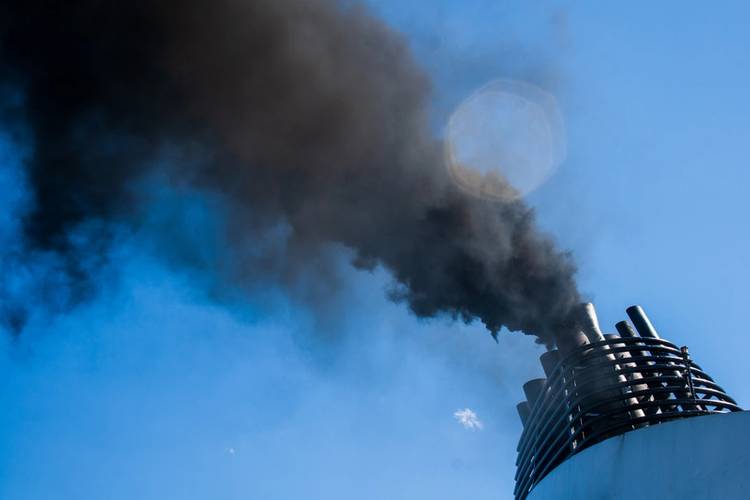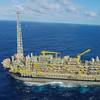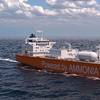Marine Insurance: Climate Change Challenges for the Shipping Industry
With 90% of global trade moved by sea, shipping is a major contributor to climate change. The International Maritime Organization (IMO) estimated that the industry’s greenhouse gas emissions grew by 10% between 2012 and 2018, while the industry’s share of global anthropogenic CO2 emissions grew slightly to almost 3%, about the same volume as Germany. It also forecasts that ‘business as usual’ could see emissions increase by up to 50% by 2050 due to the growth in shipping trade.
The race to decarbonize shipping is now underway. In 2018 the IMO called for a 40% cut in greenhouse gas emissions (compared to the 2008 baseline) across the global fleet by 2030, and at least a 50% cut by 2050. Last year, the IMO also adopted short-term measures aimed at cutting the carbon intensity of all ships by at least 40% by 2030. However, these targets do not go far enough, and the IMO plans to revise its greenhouse gas strategy by 2023.
The EU, which is aiming for climate neutrality by 2050, says it will set greenhouse gas reduction targets for the maritime transport sector (shipping emissions represent around 13% of the overall EU greenhouse gas emissions from the transport sector). Last year, the U.S. also set out its plans to reduce greenhouse gas emissions by around 50% by 2030, which included the transport sector. Nine big companies including Amazon, Ikea and Unilever have pledged to only use zero-carbon ships by 2040.
Achieving the IMO’s 50% cut in emissions, let alone the more ambitious targets required to meet the Paris Agreement goal of limiting global warming to well below 2 degrees Celsius will require huge investment in alternative fuel and more efficient shipping. The scale of investment required to meet the IMO 2050 target is estimated at $1-1.4 trillion. To fully decarbonize shipping would require a further $400m of investment over the next 20 years.
A growing number of vessels are already switching to liquefied natural gas (LNG), while a number of other alternative fuels are under development, including ammonia, hydrogen and methanol, as well as electric-powered ships. Cargo vessels and tankers are also experimenting with wind power, using kites, sails and rotors to supplement traditional propulsion. Wallenius and Alfa Laval, for example, have proposed a car carrier that uses wings and a specially designed hull to reduce emissions by as much as 90%.
While there are plenty of innovative ideas on the drawing board, there is not yet an obvious technical solution available that will get the industry to 2050. The shipping industry needs to make use of alternative fuels and technology to start reducing its emissions right away.
Decarbonization will transform the shipping industry’s risk landscape. As the industry plots its course through the transition, it will need to ensure risks are contained within acceptable limits. As we have seen with the development of container shipping, there can be unintended consequences with innovation.
The introduction of low-carbon alternative fuels also brings a number of risks. A growing number of vessels are being built or converted to run on liquefied natural gas (LNG) and biofuel, including some large container ships. Further ahead, a number of projects are underway to test a range of alternative fuels, including ammonia, hydrogen and methanol, as well as onboard carbon capture technology. Maersk, for example, is to run eight methanol-powered container ships from 2024.
In January 2020, the International Maritime Organization (IMO) introduced a new lower limit on sulfur content in shipping fuel. The development of new fuels such as hydrogen and ammonia will take time, so in the meantime ship owners are being encouraged to switch to existing lower-carbon fuels, like LNG and biofuel. The first large bulk carriers to use LNG entered service in 2022 while LNG powered RoRo vessels and tankers are under construction, LNG group SEA-LNG says 90% of new car and truck carriers that will enter the market in the coming years will be dual fuel LNG. CMA CGM is to test biofuel on 32 of its container ships this year.
The decarbonization of the industry will require big investments in green technology and alternative fuels. It is essential that the transition to low-carbon shipping does not create new risks with unintended consequences.

















